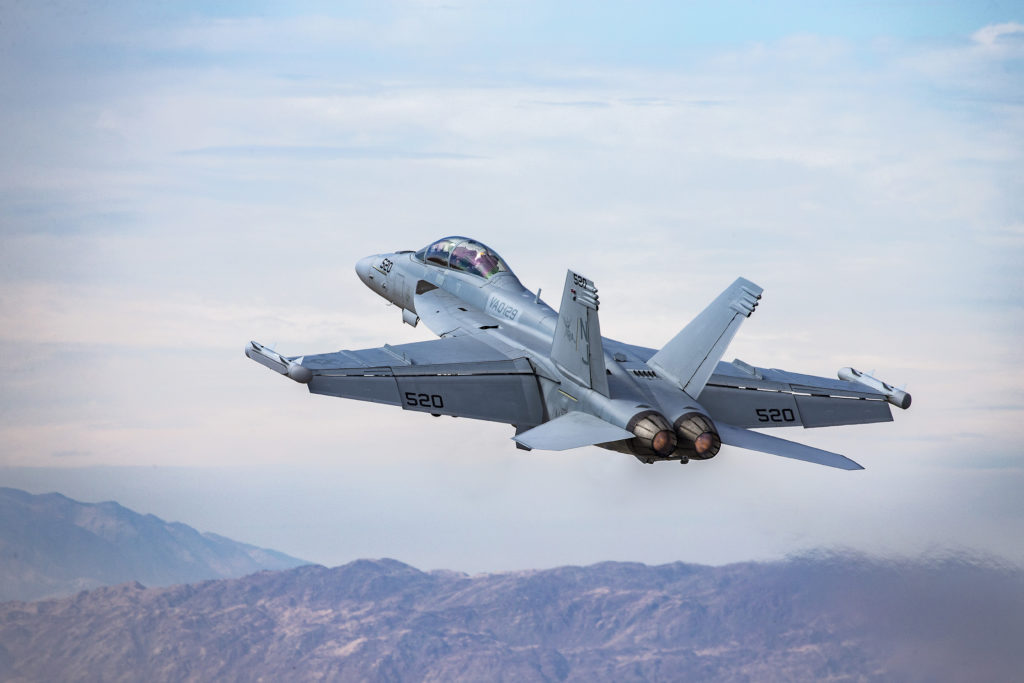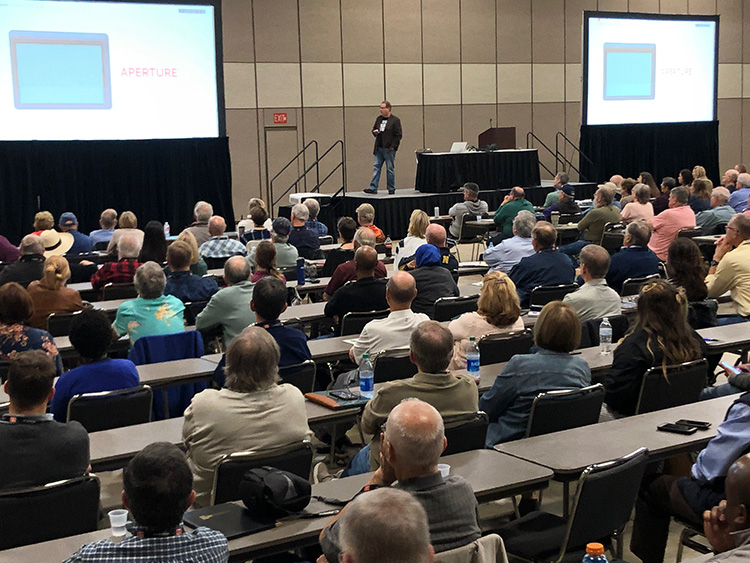My 10 Most-Used Lightroom Shortcuts

Hi, gang and happy Friday. I’m still in Texas, this time I’m down the road in Ft. Worth shooting the airshow here today with Larry Grace and the crew from ISAP (the International Society of Aviation Photographers) who are holding an event for their members here (I’ve been an ISAP member for many years now — absolutely first-rate organization. I’m looking forward to shooting the Navy’s Blue Angels today. Cannot wait!

Quick shout out to all the folks who came to spend the day with me in Arlington yesterday. It was my biggest class here in about six or seven years, and it was a great group of folks. Also, check out this Texas welcome from one of my attendees. Awww, yeah!
OK, onto the shortcuts. These aren’t a list of hidden or super secret shortcuts — just those “meat and potatoes” type shortcuts that I use day in and day out. Here goes:
G – This instantly returns me to the Library Module and the Grid view of all my thumbnail images.
Shift-tab – This hides all the panels and let’s me see my image really big on screen).
D — This
Command-E on Mac (Ctrl-E on Windows) – This takes my image over to Photoshop to do some editing over there.
F – This gives me a full-screen view of my image and Lightroom is hidden from view.
P / X / U – These are the letters I use when I culling through a shoot. P marks the shot as a “Pick” (a keeper). X marks the photo as a reject (I shot I not only want to remove from Lightroom but remove from my hard drive at the same time). U is what I hit if I made a mistake or changed my mine. It “undos” my P or X.
Command-N (Windows: Ctrl-N) – This create a New Collection from my selected photos.
V – Tapping this key shows what my image would look like in Black and White, so I can see if it’s even worth going through a full black and white conversion. To switch it back to color, tap “V” again.
To Reset any slider double-click on the slider’s name. When you’re using the Adjustment Brush, to reset all the sliders to zero, double-click directly on the word “Effects.”
To change brush sizes, pressing the left bracket key [ makes the brush smaller in size, and the right bracket key ] makes it larger.
Hope you found those helpful. If you have any interesting ones that you use every day, I’d love to hear about ’em. Leave me a comment below with your most-used ones that aren’t on my list above.
Hopefully, I’ll be sharing some photos from today’s Blue Angels shoot next week. Have a great weekend everybody!
-Scott



I like letter O for cyling through crop overlays. Shift +O shows all the variations of each overlay- like the golden section in all different orientations.
Good set !
Page up and Page down to move around the full image when spotting zoomed in 1:1.
Super handy, makes sure you don’t miss any with the Visualize Spots checked in the T toolbar.
Ctrl leftarrow and Ctrl rightarrow to move across the filmstrip in Develop module.
and I guess in keeping with the shortcut theme – Spotting tool is “Q”, and you can cycle the Visualize Spots using the “a” key…
T gets rid of a then re-shows the bottom Toolbar
AND
Holding ALT is good for ERASE with the brush
O Shows the Masking on brush a Gradient
O Changes the Crop type after hitting R for cRop
X – changes orientation during crop
A toggles Auto-Mask
B Send to Target slection
I Shows Photo Info on the photo
Thanks! When using radial filters I use ctrl click (anywhere inside the circle) to expand the radial filter to the full frame size. Works great when doing custom vingetting …
That is a good one! I don’t use it every day in my own workflow, but that’s a really handy one when you need it. 🙂
One I use all the time: When using the adjustment brush (or any other tool in that panel), you would typically mouse down and click the “done” icon to confirm your edit. I find that double-clicking the escape key is much faster and I don’t have to move the mouse.
Thanks for your tips – I think D, G and V will be my new friends!
I never knew this and had to look it up but a great one is when you’re in a mask and need to move to another section of the picture, hold the spacebar and drag with the mouse. That way you don’t have to create multiple masks to do the same edit.
Here is another one I use quite frequently:
(Shift) Y – to compare the before and after next to each other.
You might find using the Reference View technique , original on left with a virtual copy of your base image on the right to be useful. Edit on the right copy…
You can see the original along with your edits side-by-side as you go. Really helps reduce over-doing brush effects… CTRL-apostrophe will create the VC for you.
If you like the results, you can just click on the original and press “Previous” to move your editing onto the original … or keep both as they are…
Dang – I forgot to include that one – that is definitely one I use every single day. Thanks for reminding me. 🙂
Thanks Scott. One of those posts that is really handy to know. I knew a few but a couple like ‘V’ I didn’t. Great share!! Jon
Thanks, Jon. Have a great weekend. 🙂